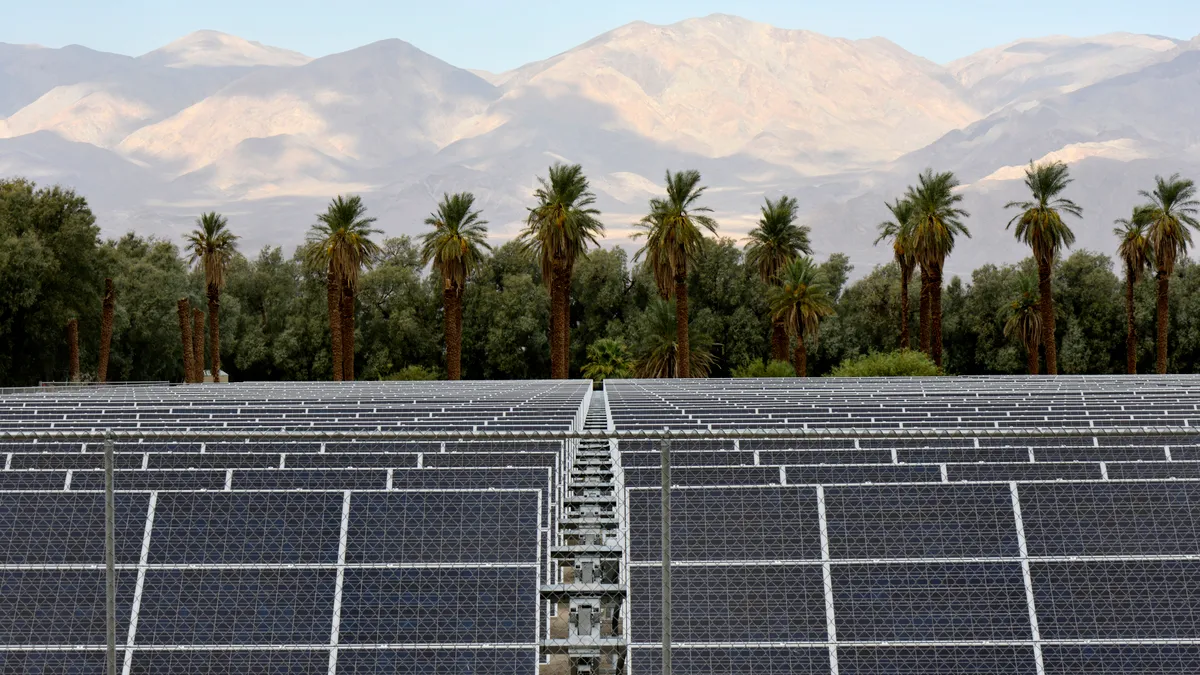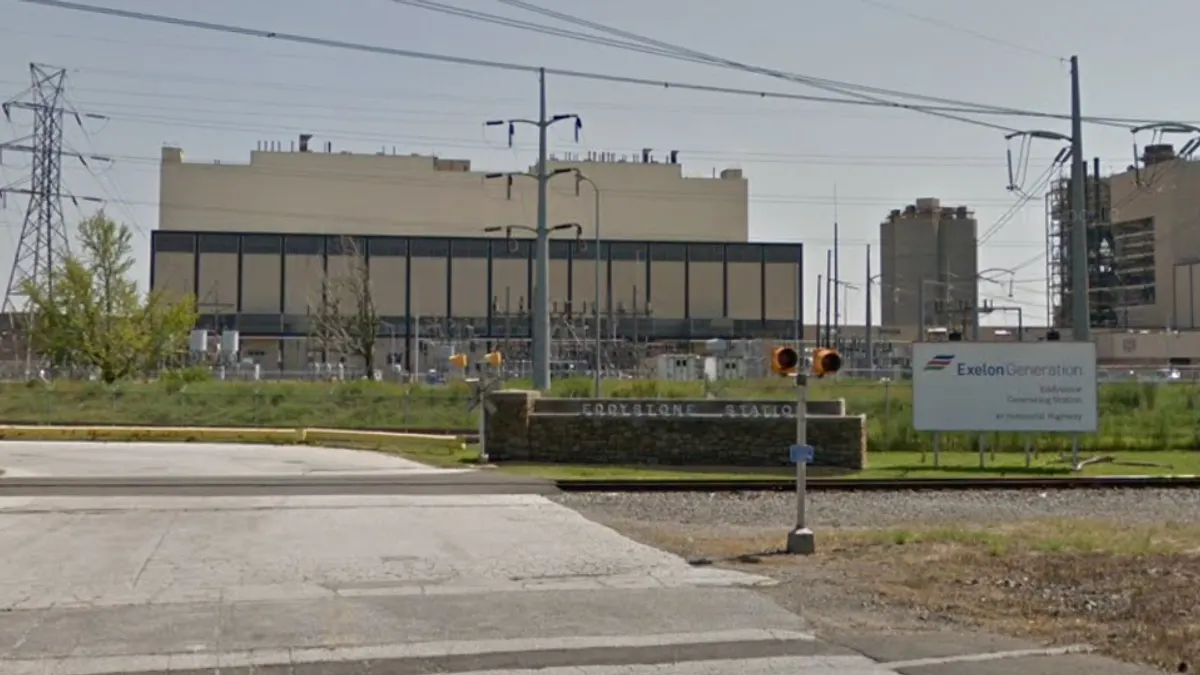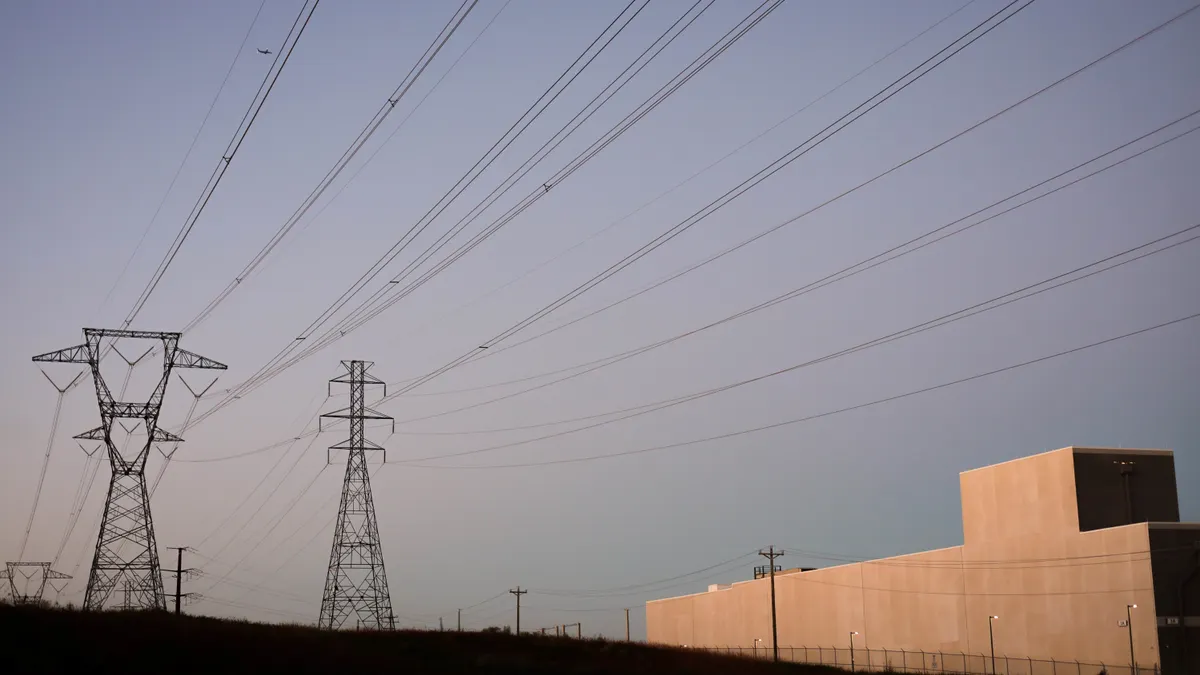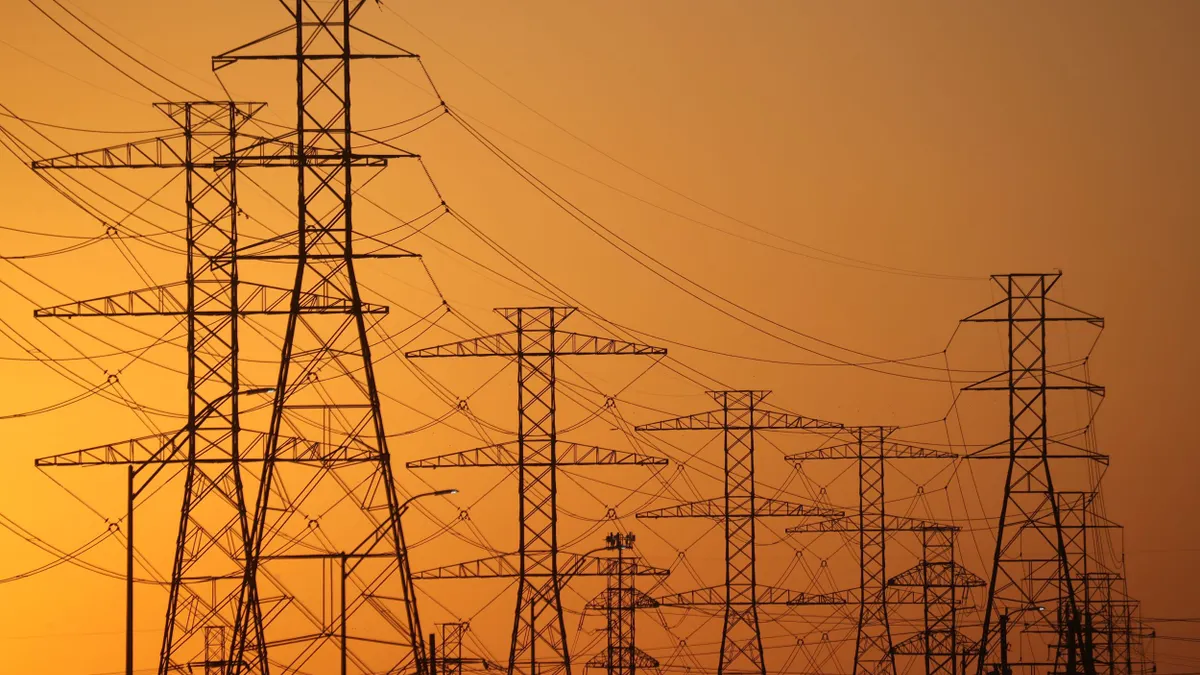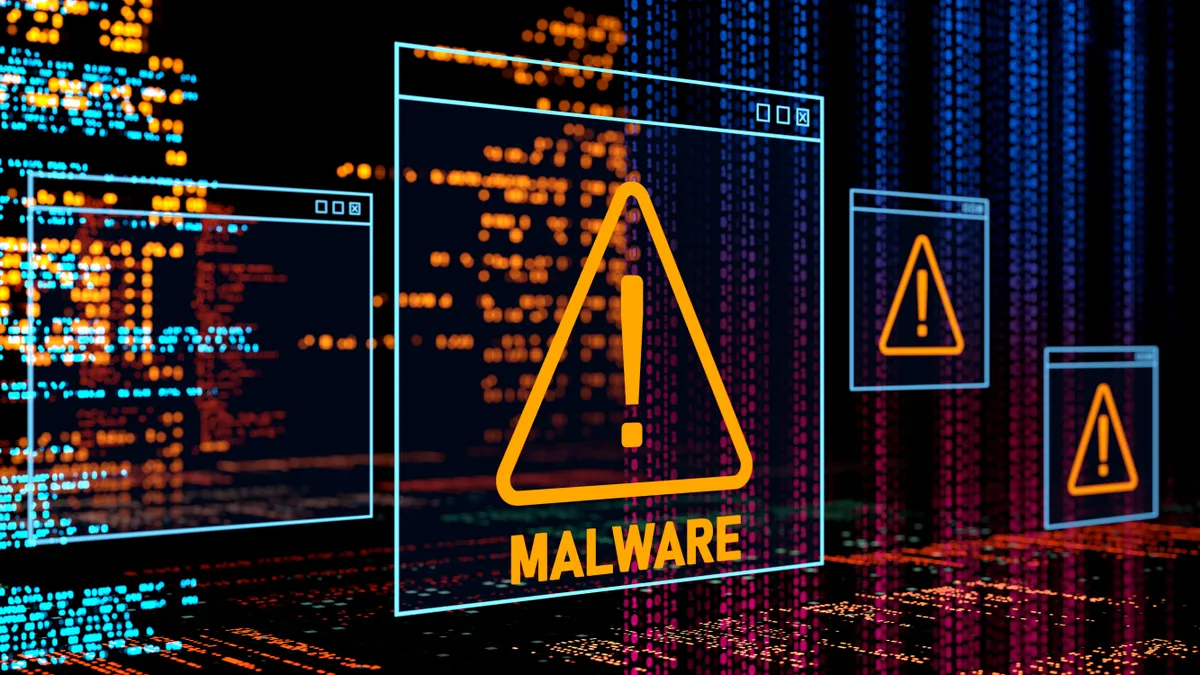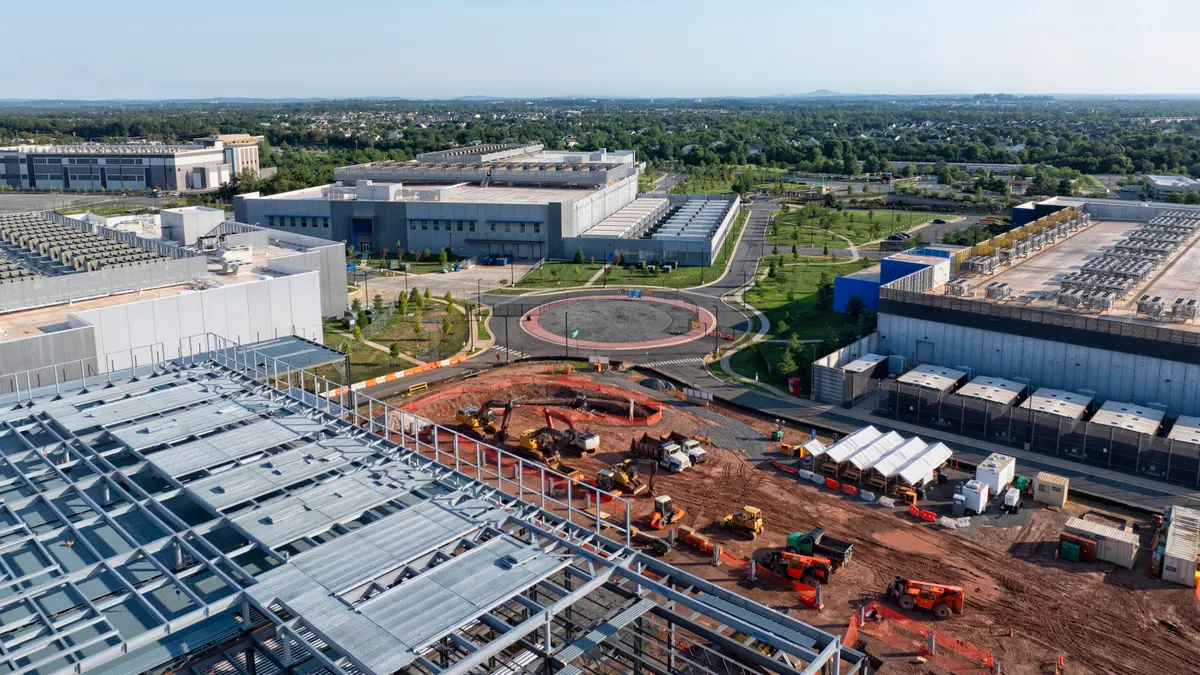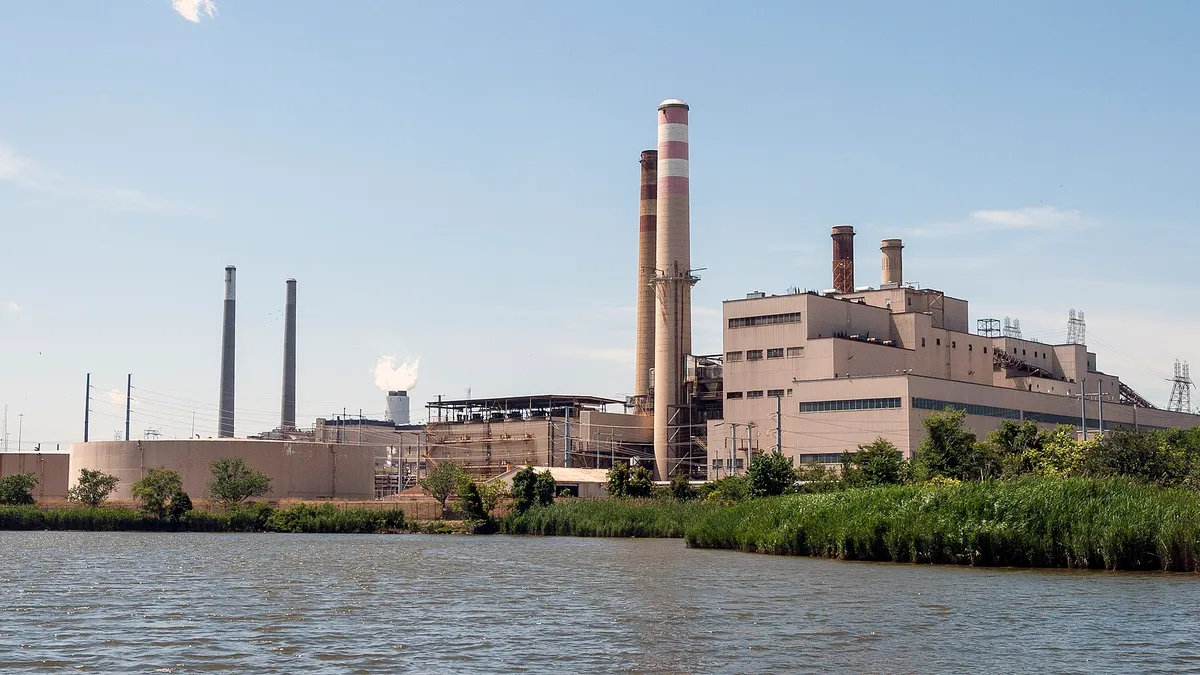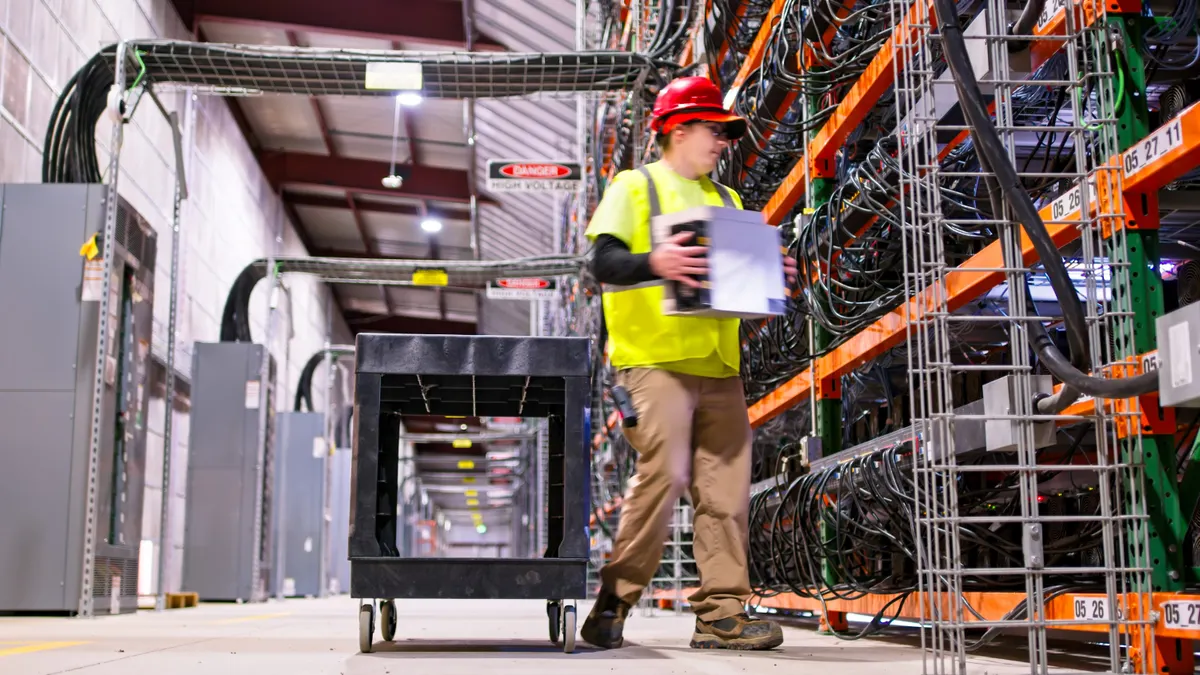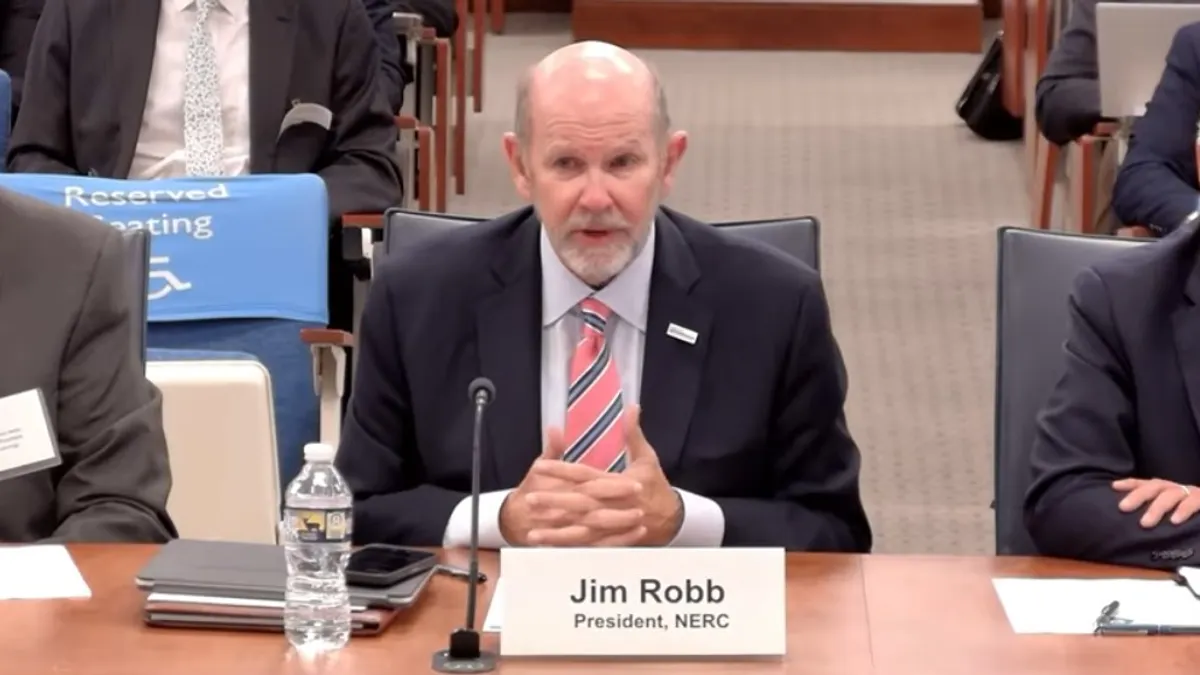This opinion piece is part of a series from Energy Innovation’s policy experts on advancing an affordable, resilient and clean energy system. It was written by Daniel Esposito, senior policy analyst for Energy Innovation's Power Sector Transformation program.
The California Public Utilities Commission’s Feb. 10 decision to effectively raise the state’s 2030 clean electricity requirement from 60% to 80% received little fanfare, but it was a landmark moment in United States energy policy, with implications for every state setting ambitious grid decarbonization goals. The new target hitches California to President Biden’s 80% clean electricity by 2030 goal, doubling down on clean energy’s ability to keep the lights on.
If the country’s largest economy can hit its clean energy goals and retire more natural gas generation despite challenges like extreme weather and deployment bottlenecks, so can any other state. It also raises serious stranded asset questions for utilities and developers planning more than 27 gigawatts (GW) of new gas capacity over the next four years.
A new technical study from GridLab and Telos Energy shows this is all possible. California can build and manage an 85% clean electricity system by 2030 without compromising reliability for its 40 million residents, even under stressful conditions like the August 2020 heatwave and droughts, and even if one-third of the state’s existing natural gas power plants and all Western U.S. coal plants are retired.
But smart policy is the key to unlocking the state’s clean energy future. An Energy Innovation policy paper distills recommendations from the technical study, providing a power sector decarbonization roadmap for California — with lessons applicable to other states — to boost reliability and advance environmental justice through the transition. The policy paper discusses how combining diverse clean energy resources, demand-side markets, and greater regional coordination can help reliably manage a high-renewables grid, despite heightened climate risks.
Growing confidence in the clean energy transition
California faced reliability challenges in August 2020 from climate-induced heat waves, along with poor regulatory and utility planning. Other states face similar perils, like when Winter Storm Uri caused natural gas failures and multi-day blackouts in Texas, the country’s second-largest economy.
Overcoming these challenges requires power grids to stop fueling the climate crisis while adapting to a new reality of more frequent and severe extreme weather events. California state agencies examined this in a 2021 report, finding the state could accelerate its 100% zero-carbon electricity target from 2045 to 2035 at modest cost.
The GridLab/Telos Energy technical study supplements that 2021 report with rigorous electric system reliability analysis, adding to mounting evidence that U.S. power systems can reliably achieve at least 80% clean electricity by 2030. The technical study tested three different portfolios of 85% clean electricity against stressors including retiring in-state natural gas, replacing all Western coal plants with new renewables and storage, and conditions mimicking the August 2020 heat waves that caused rolling outages. It also evaluated all stressors together, including low hydropower availability and import restrictions. In all cases, the 85% clean grid remained reliable.
The wisdom in resource diversity and overprovisioning
U.S. power markets have generally had success building renewables and battery storage, but they’ve faced roadblocks. For example, PJM had 289 GW of clean energy projects in its interconnection queue at the end of 2021, with this backlog leading PJM to propose a two-year pause on new interconnection applications.
The technical study’s base case builds only solar, onshore wind and batteries, given their low costs. However, the model doesn’t account for land use, permitting, interconnection, or supply chain challenges, each of which can disrupt necessary deployment rates.
But a portfolio adding diverse clean energy resources, including geothermal and offshore wind, reduces deployment rates for the other resources. This is amplified when considering greater building and transportation electrification — in this case, diverse clean resources can keep solar, onshore wind, and battery buildout rates at manageable levels.
Policy support to grow offshore wind and geothermal — such as procurement targets and government-backed offtake contracts — can take pressure off the otherwise blistering pace of solar, onshore wind and battery development needed for accelerated clean energy and electrification goals. Market operators and state regulators also need better tools to determine the “right” mix of clean resources, and they can facilitate quicker development through interconnection reform and transmission expansion.
Policymakers should aim to overprovision clean energy resources to hedge against the risks of slower deployment for any given resource, support expanded electrification, and maintain slack capacity for unanticipated challenges.
The natural gas elephant in the room
The technical study’s model retains all natural gas capacity not already scheduled to retire this decade. This gas capacity is used sparingly but consistently across the year for reliability purposes. However, for the same amount of power generation, cycling units tend to spew more harmfulair pollution than operating them at a steady state. As more than half of California’s gas plants are in disadvantaged communities, this outcome risks exacerbating already inequitable health outcomes.
However, the technical study shows all three portfolios of 85% clean electricity remain reliable after retiring about a third of remaining California natural gas capacity, even without building clean energy to replace it. California has screening tools to identify communities most affected by pollution and a law requiring state energy agencies to address environmental justice. Thus, California’s policymakers should prioritize retiring as much natural gas capacity as is feasible by 2030, starting with the most pollution-burdened communities.
Oxnard, California, exemplifies how the right clean energy portfolio can replace natural gas while maintaining reliability. Greater demand-side market sophistication may also be able to replicate the value provided by remaining gas generation, particularly with high electrification.
Other states are planning new natural gas power plants where clean energy portfolios and demand-side solutions could step in. Policymakers can promote an equitable transition by mapping and planning to retire gas in disadvantaged communities while halting construction of new gas.
Regional coordination as a tide to lift all boats
The technical study shows regional energy trading improves the economics of meeting demand throughout the year, with trading helpful in maintaining reliability in California during the most stressful hours and, in some stress conditions, necessary. While the CAISO-led Western Energy Imbalance Market has facilitated transparent regional trading to balance real-time supply and demand since 2014, the West still lacks a unified market.
Greater Western state coordination can reduce the costs of maintaining reliability by adding resource and load diversity, maximizing the use of clean energy, making it easier and cheaper to trade electricity, and optimizing energy storage operations. Western states and utilities are increasingly recognizing these benefits: New laws require utilities to explore or join regional markets, and utilities have independently formed exploratory groups.
California last considered expanding CAISO in 2018, but the effort fell short due to concerns over governance and inadvertently supporting other states’ fossil power plants. However, much has changed since then — Western states have adopted stringent clean electricity standards, and renewable economics keep improving.
Share of Western States’ 2020 Electricity Sales Covered by State Clean Energy Policies
Thus, the West could feasibly replace all coal plants with new renewables and storage by 2030 — an outcome the technical study finds would not harm reliability. Creating a unified Western market may also take that long to resolve governance, market design, and environmental justice concerns.
Because studies find enormous economic benefits from organized Western markets, and even higher benefits from a single market, California should reconsider expanding CAISO while it can still influence the outcome. Findings are similar for the Southeast — the only other U.S. region without an organized market.
Broad lessons for a clean and reliable grid
The technical study focused on California, but its lessons are applicable to all states. The study’s stress-test approach can clarify the reliability tradeoffs of different resource portfolios under a variety of potential stress conditions. The results reveal diverse clean resources hedge against risks of overreliance on any single technology, while overprovisioning clean energy resources helps weather unexpected challenges in the transition.
States and utilities can stop building new natural gas plants and retire existing ones if they plan ahead, matching clean energy portfolios and well-designed demand-side markets with local reliability needs. Prioritizing retirements in disadvantaged communities promotes justice where relief is needed. Regional coordination in the West and Southeast would also make the transition much easier.
A reliable, clean and just California is a critical guiding light and confidence-builder for the country, but it won’t happen without smart planning and better coordination.


